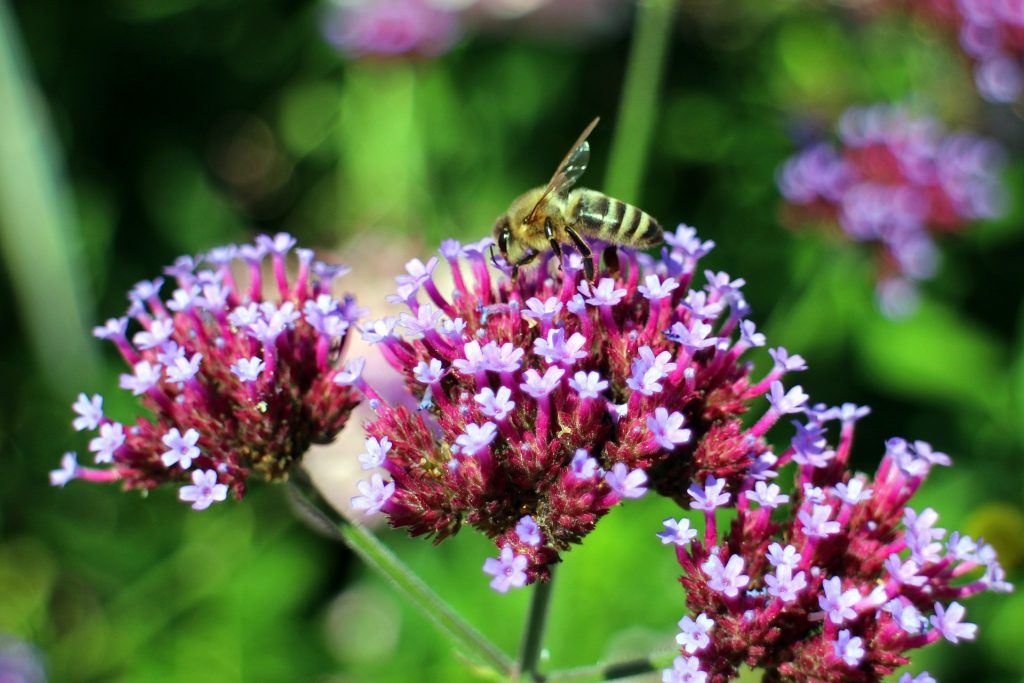 Vervain (Verbena officinalis) refers to one species of plant from a large group that belong to the Verbenaceae (verbena) family. Vervain officinalis is also referred commonly to as common verbena, simpler’s joy, holy herb or common vervain. Common vervain is a perennial plant that grows natively in Europe, where it can be recognised by its lobed toothed leaves, branched upright structure and its distinctive purple flowers. Common vervain has a long history as a use as a medicinal plant, and its name derives from the Celtic word for stone, being used traditionally to treat urinary tract stones. However, vervain may have a particular use as a nervine, and in this regard has been used traditionally as a calmative agent, being particularly effective against anger and agitation. This may improve the sleep of the individual as agitation and anger can be driving forces in creating insomnia. There are over 250 species of vervain and many of these may share similar effects on mood due to similar chemical compositions within their extracts.
Vervain (Verbena officinalis) refers to one species of plant from a large group that belong to the Verbenaceae (verbena) family. Vervain officinalis is also referred commonly to as common verbena, simpler’s joy, holy herb or common vervain. Common vervain is a perennial plant that grows natively in Europe, where it can be recognised by its lobed toothed leaves, branched upright structure and its distinctive purple flowers. Common vervain has a long history as a use as a medicinal plant, and its name derives from the Celtic word for stone, being used traditionally to treat urinary tract stones. However, vervain may have a particular use as a nervine, and in this regard has been used traditionally as a calmative agent, being particularly effective against anger and agitation. This may improve the sleep of the individual as agitation and anger can be driving forces in creating insomnia. There are over 250 species of vervain and many of these may share similar effects on mood due to similar chemical compositions within their extracts.

Vervain (Verbena officinalis) and other species of vervain may have sedative properties due to presence of flavones within vervain extracts. Flavones may act is a similar way to the benzodiazepine group of drugs to cause sedation and anxiolytic effects.
Animals studies suggest that vervain may confer beneficial effects on sleep. For example, rats administered extract of vervain show improvements in sleep quality. This suggests that the use of vervain as an effective sedative may be justified. Detailed chemical analysis of the herb has been performed, and one study identified a number of flavonoids in vervain including luteolin, neptin, hispidulin, jaceosidin, cirsimaritin, cirsilinoel and eupatorin. These flavonoids are of particular interest because they belongs to the flavone group of flavonoids. Flavones have been shown to possess the ability to bind to the same receptor in the brain as the anxiolytic group of drugs, the benzodiazepines. Therefore the flavone content of vervain may explain the some of the effects of vervain on mood, particularly its calmative and sedative properties. For example, both chamomile and passion flower have been shown to have anxiolytic and calmative effects and this might relate to the presence of flavones in these herbs.
Eat Well, Stay Healthy, Protect Yourself
RdB
